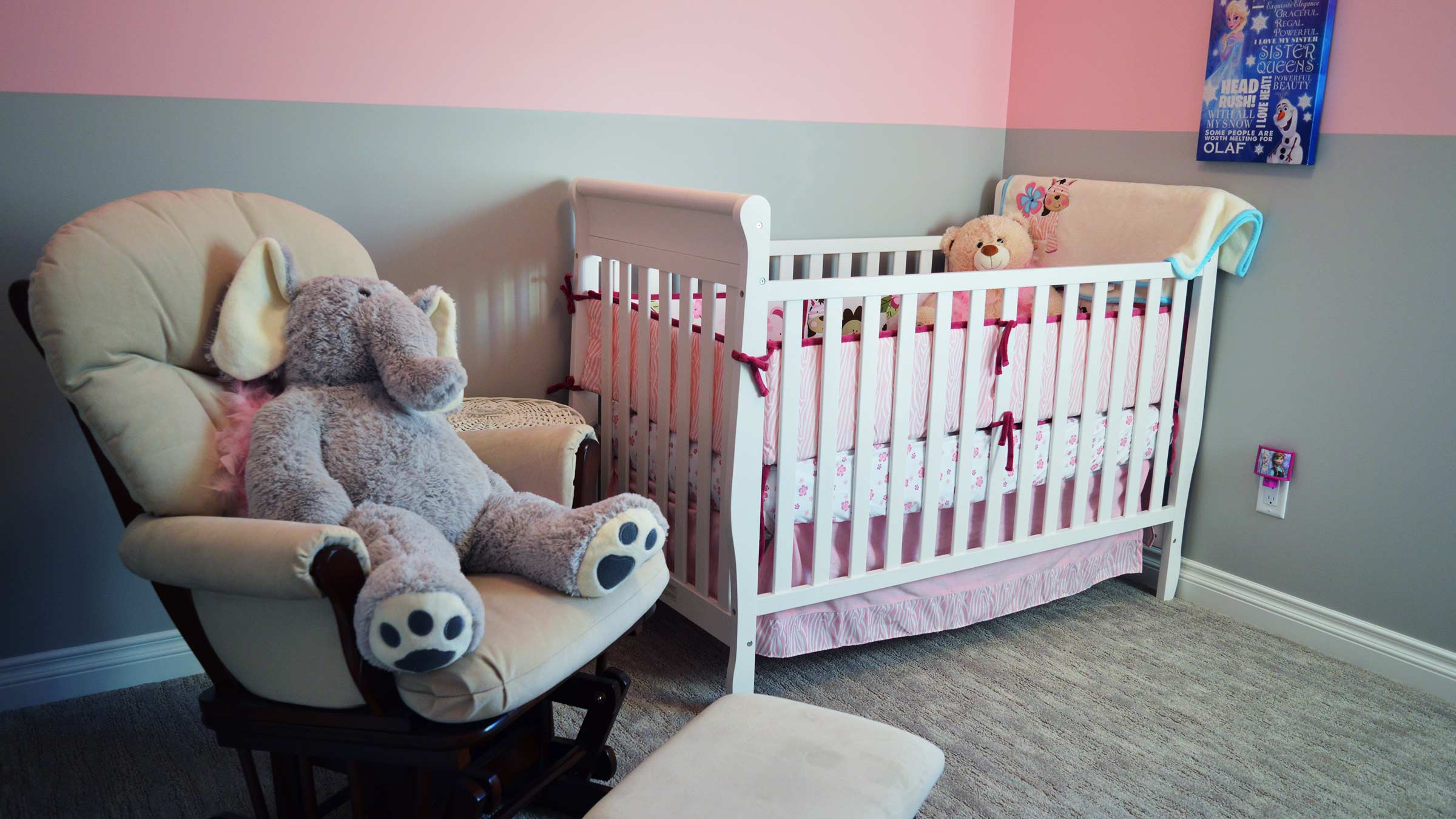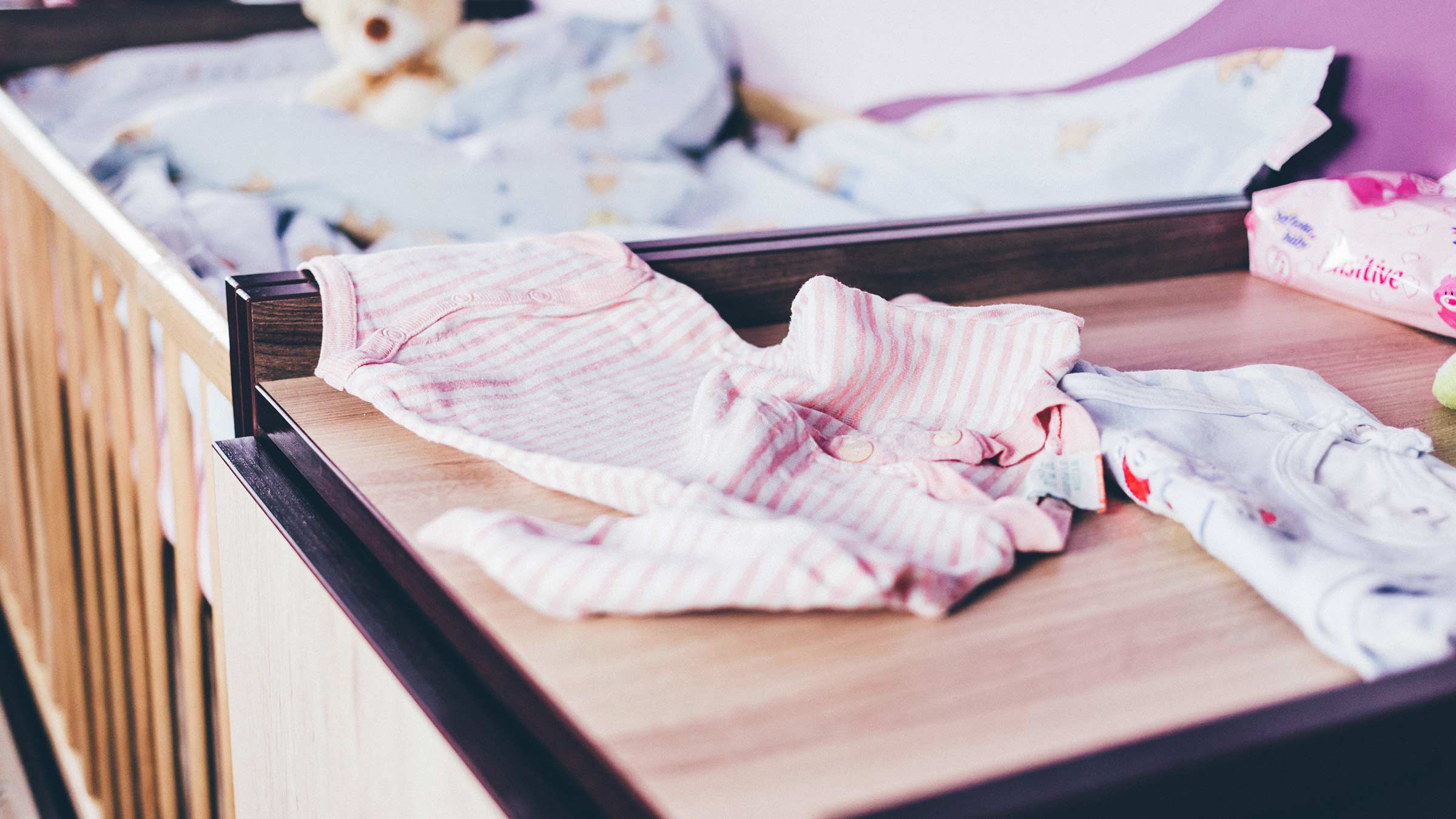Like most new mothers, over the past few months I’ve become somewhat of an expert on the world of baby products. In the excitement of preparing for the arrival of our new bundle of joy, I’m guilty like many others of spending a hell of a lot of money on stuff, a lot of it which was barely touched if at all.
The baby products market is valued at around $158bn worldwide. In the UK, baby clothing and footwear alone is worth around £7.3bn and between now and 2021 Euromonitor expects the footwear market to grow by 4.4% and the clothing market to grow by 2.3%, more than double the rate of growth between 2007 and 2016.
The social and cultural trends are positive – couples are tending to start families later in life, meaning they can allocate a larger share of their disposable incomes on baby products. In 2016, 52% of 30-year-old women had at least one child, down from 82% in 1976. We are also overwhelmed by the level of choice and innovation in the sector. Even if our parents wanted to spend half of the money on us that we do on our own babies, the products simply wouldn’t be available. Nor would the online communities, or plethora of review sites ensuring we provide our kids with the very best.
Like babies themselves, the market looks set only to grow – so why, on the other hand, are some of the best-known retailers in the sector struggling? Particularly the ones we grew up with and would have until recently considered the go-to places for baby products. Mothercare, for example, has blamed “cheaper competition” for the projected closure of 50 of its stores by the end of July 2019, while Toys R Us has clearly had a particularly turbulent year.

It seems these retailers have slipped out of the consideration set for consumers. Where they have suffered, exciting and innovative brands have succeeded. As with so many sectors, the mid-point of the market is being hollowed out from both directions. Value retailers are undercutting on price at one end while luxury, fashion and challenger brands are sucking up oxygen at the other. The pressure on mid-market retailers is being driven from every side.
But it’s not just the decline of the middle – baby items in particular have seen a shift in just where customers first go looking for products. The wide end of the funnel of customer acquisition has migrated from traditional advertising spaces to online shockingly fast. My own anecdotal experience backs this up – the very first place I looked to find new products wasn’t a catalogue or a big-box out-of-town-store; it was online. However, crucially, this was followed up by several trips to the One that is Never Knowingly Undersold. Never has trust in a retailer been more important.
Social media in particular has created a thriving ecosystem of makers, sellers and buyers. It’s estimated that 70% of new mums turn to YouTube for help at some point, and like me, probably at that sleep-deprived point in the middle of the night where you will buy anything and everything that might get junior to sleep/eat/stop crying, as tried and tested by other parents. Anindya Ghose, professor of IT and marketing at NYU Stern School of Business, says that ‘Mommy Bloggers’ are now the first people that brands go to when they want to launch a new product. It’s a transformed landscape in which the traditional methods of customer acquisition have been almost entirely superseded. While there are some standout cases, retailers in particular have been slow to adapt to this new reality.
Famous for their Grobag baby sleep bags, The Gro Company adds to consumer experience by posting videos on YouTube that help solve common problems experienced by parents. Its owner, Mayborn Group, also owns Tommee Tippee – now the number one brand of baby feeding accessories in the UK and the brand that makes two of my top five. Other brands have also taken off – particularly those targeting the upper end of the market. Mamas & Papas, for instance, now generates 28% of its revenue from ecommerce. Munchkin, the global infant and toddler company headquartered in California, recently rebooted their website. It led to a 220% increase in revenue and they were among the first movers in the sector on shoppable Instagram. Some brands, like Belle & Boo, have no physical stores at all – but 30,000 Instagram followers makes their direct-to-consumer model viable.
Beyond business models and social media strategies, there’s a new product trend; empowerment. While it hasn’t hit here the same way as in the US yet, non-gendered and empowering baby products seem set to be a big thing in the near future. Take Lammily, a doll with ‘normal proportions’ which launched through Kickstarter funding. Goldieblox and NOOKs make dolls houses and building blocks which encourage girls to build things, rather than follow classic mum and dad storylines.
Clearly it’s not all doom and gloom for retailers. The businesses making it work are those embracing personal service and tailored offers, like baby and infant store Huggle, which has succeeded in creating a community for new parents – giving customers a reason to visit their store near Swiss Cottage underground station in London, but is this a scalable model?

As always, there is a middle-ground to be struck between adapting to a newly digital world and playing on one of the key strengths bricks-and-mortar retail has to offer – namely, that it’s person-to-person. John Lewis, for instance, offers a Nursery Partner service – attendants will go around the store with you and help you pick out items, and you can put them on your ‘Nursery List’. John Lewis is admittedly a special case – by dint of its extremely strong brand it’s largely managed to outpace and avoid the hollowing out and falling off that has affected other retailers in the space. But, the demand for personalised services that cater to the needs of the individual consumer is evident across all consumer-facing sectors.
It’s definitely an exciting time for the sector, characterised by innovation and growth, but it’s also an uncertain one. The baby products market is undergoing significant shifts as customers move and companies move with them. Those that can adapt the quickest to the needs of their customers – whether that be a physical retail shopper searching for a personalised and personable experience or a first-time mum looking for good products and good advice online – stand to win and win big.
One thing is for sure – I won’t be going on quite the same wild spending spree again, so well done to the brands (but especially the retailers) that caught me during my special journey!
Another thing is also for sure – it’s nice to be back!








